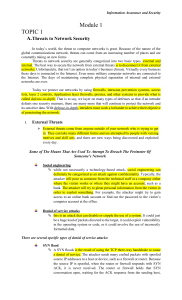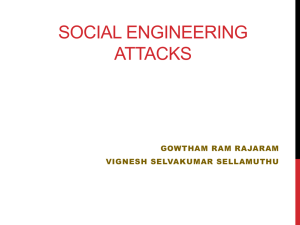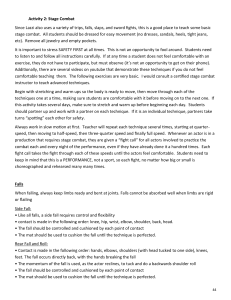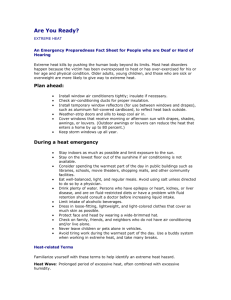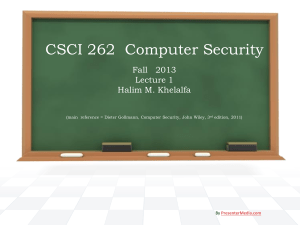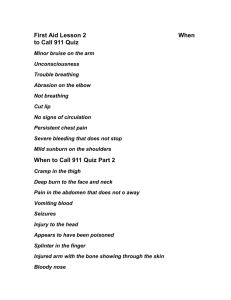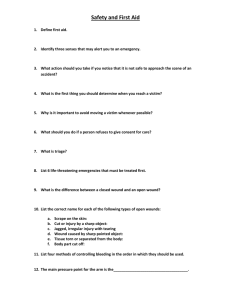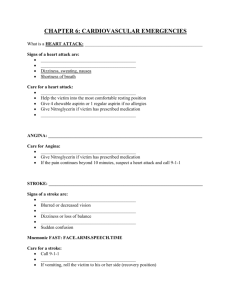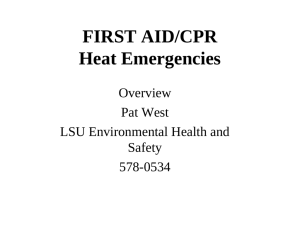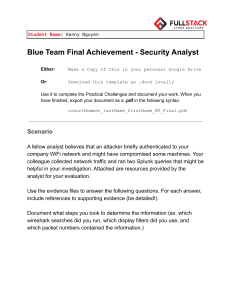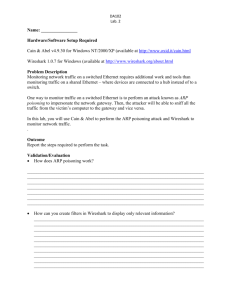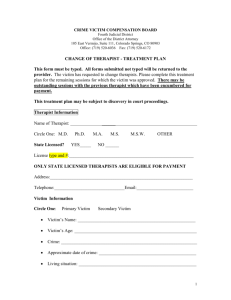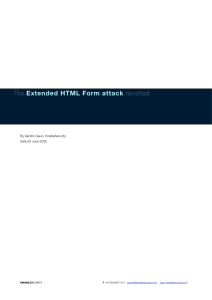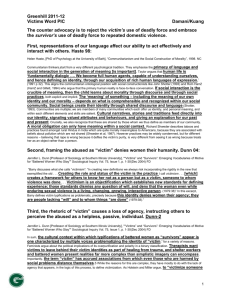Stage Combat Handout
advertisement
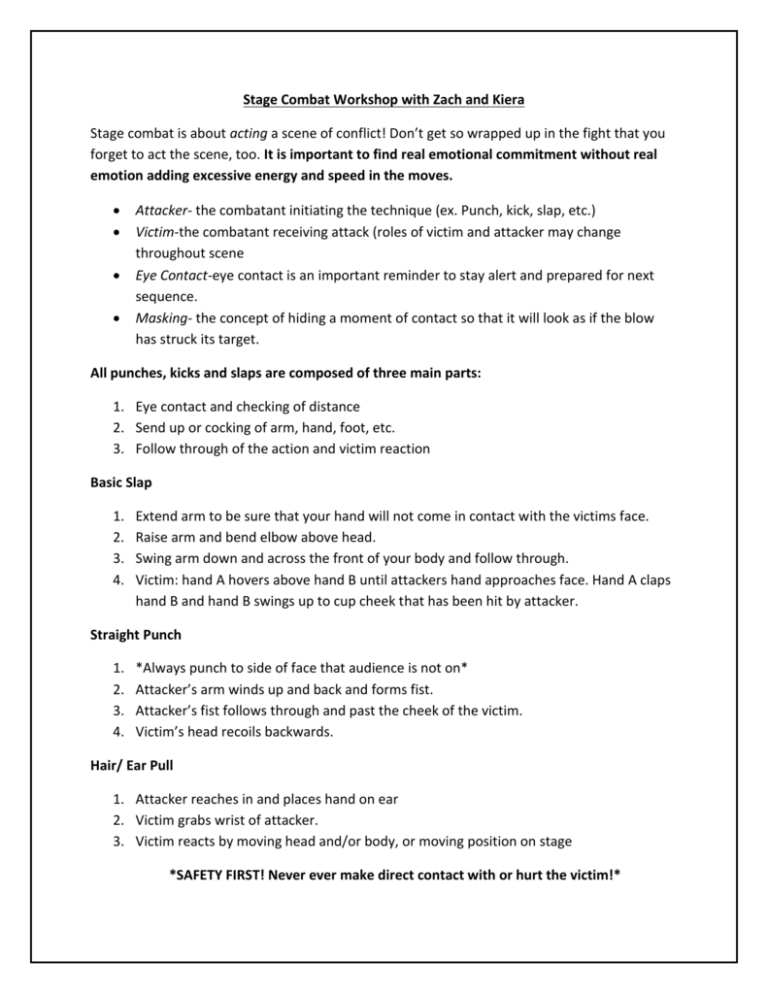
Stage Combat Workshop with Zach and Kiera Stage combat is about acting a scene of conflict! Don’t get so wrapped up in the fight that you forget to act the scene, too. It is important to find real emotional commitment without real emotion adding excessive energy and speed in the moves. Attacker- the combatant initiating the technique (ex. Punch, kick, slap, etc.) Victim-the combatant receiving attack (roles of victim and attacker may change throughout scene Eye Contact-eye contact is an important reminder to stay alert and prepared for next sequence. Masking- the concept of hiding a moment of contact so that it will look as if the blow has struck its target. All punches, kicks and slaps are composed of three main parts: 1. Eye contact and checking of distance 2. Send up or cocking of arm, hand, foot, etc. 3. Follow through of the action and victim reaction Basic Slap 1. 2. 3. 4. Extend arm to be sure that your hand will not come in contact with the victims face. Raise arm and bend elbow above head. Swing arm down and across the front of your body and follow through. Victim: hand A hovers above hand B until attackers hand approaches face. Hand A claps hand B and hand B swings up to cup cheek that has been hit by attacker. Straight Punch 1. 2. 3. 4. *Always punch to side of face that audience is not on* Attacker’s arm winds up and back and forms fist. Attacker’s fist follows through and past the cheek of the victim. Victim’s head recoils backwards. Hair/ Ear Pull 1. Attacker reaches in and places hand on ear 2. Victim grabs wrist of attacker. 3. Victim reacts by moving head and/or body, or moving position on stage *SAFETY FIRST! Never ever make direct contact with or hurt the victim!*



